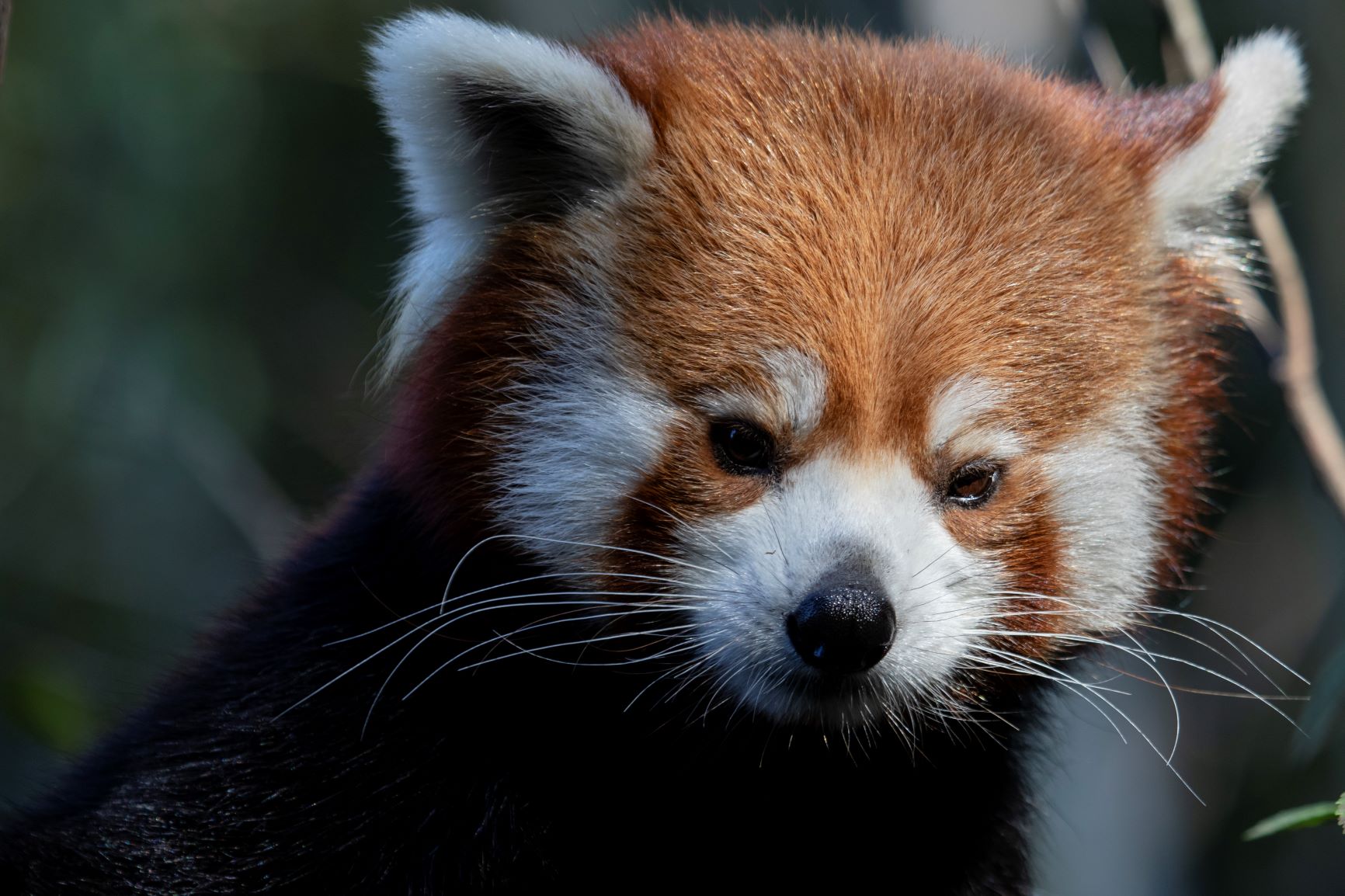– Introduction to the Red Panda, its taxonomy, and physical characteristics
– The diet and habitat of the Red Panda
– Reproduction and life cycle of the Red Panda
– Threats facing the Red Panda and conservation efforts
– The role of zoos in Red Panda conservation
The Red Panda, often mistaken for a bear or a raccoon, is a small mammal native to the eastern Himalayas and southwestern China. With fewer than 10,000 individuals left in the wild, the species is currently listed as Endangered on the IUCN Red List. This article provides a comprehensive overview of Red Panda facts, focusing on their physical traits, habitat, diet, reproduction, and the critical conservation measures to protect them.
Physical Characteristics of the Red Panda
The Red Panda is distinguished by its reddish-brown fur, bushy tail, and face that resembles a raccoon. It is roughly the size of a domestic cat, with males slightly larger than females. Notably, its fur serves as excellent camouflage against predators and provides insulation against the cold environments it inhabits. It has semi-retractable claws and a “false thumb,” which extends the wrist bone, aiding in climbing and foraging.
Diet and Habitat
Red Pandas are primarily arboreal and are most active during the dawn and dusk. Their diet mainly consists of bamboo leaves and shoots, but they also consume fruits, insects, and small mammals. Due to their dependence on bamboo, Red Pandas are typically found in temperate forests with abundant bamboo growth within their range in the Himalayas and southwestern China. Their habitat ranges from 2,200 to 4,800 meters above sea level.
Reproduction and Life Cycle
Red Pandas reach sexual maturity at around 18 months and mate in the late winter or early spring. The gestation period ranges from 112 to 158 days, after which a female may give birth to one to four young. The offspring are born blind and helpless, weighing around 110 grams. They remain in their nests for about 90 days, relying entirely on maternal care. Red Pandas have a relatively short lifespan, living up to 15 years in the wild and longer in captivity under ideal conditions.
Threats and Conservation Efforts
The Red Panda faces several threats that have led to its endangered status. Habitat loss due to deforestation, habitat fragmentation, and the illegal wildlife trade are significant challenges. Poaching for their fur and parts of their bodies, which are used in traditional medicine, further exacerbates the threat to their survival. Conservation efforts for the Red Panda include habitat protection, anti-poaching measures, and awareness campaigns to reduce illegal trade. International cooperation is pivotal in conserving cross-border habitats and ensuring the Red Panda’s survival.
Role of Zoos in Conservation
Zoos play a crucial role in protecting Red Pandas through captive breeding programs, research, and education. Captive breeding programs help to maintain genetic diversity, which is essential for a healthy population. Additionally, zoos serve as ambassadors for wildlife conservation, educating the public about the Red Pandas and preserving their natural habitat. Many zoos participate in international conservation efforts, raising funds and supporting field projects to protect Red Pandas in the wild.
The Red Panda is a fascinating creature with its distinct physical characteristics, diet, and behavior. However, it faces significant threats that require immediate attention. Conservation efforts, both in the wild and in captivity, are crucial for protecting the Red Panda. Through increased awareness, research, and international cooperation, it is possible to safeguard the future of this enchanting species and ensure its survival for generations to come.

